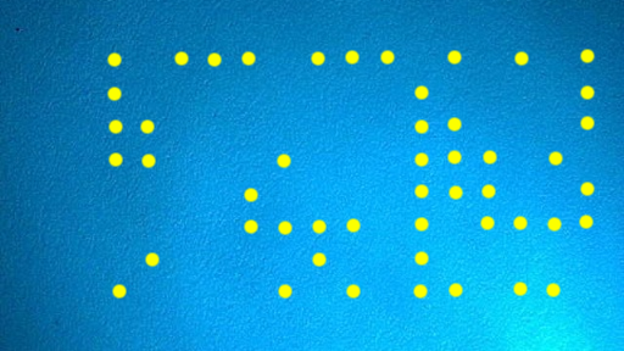Some forms of text-based steganography don’t even use alphanumeric characters or symbols at all. Alan Woodward, a security expert at the University of Surrey, notes the example of ‘Snow’ – Steganographic Nature Of Whitespace – which places spaces and tabs at the end of lines in a piece of text. The particular number and order of these white spaces can be used to encode an invisible message.
“Locating trailing whitespace in text is like finding a polar bear in a snowstorm,” the Snow website explains.
Woodward points out, though, that there are usually multiple ways of tracing documents back to whoever printed or accessed them.
“Organisations such as the NSA have logs of every time something is printed, not just methods of tracking paper once printed,” he says. “They know that people know about the yellow dots and so they don’t rely upon it for traceability.”
There is a long-running debate over whether it is ethical for printers to be attaching this information to documents without users knowing. In fact, there has even been a suggestion that it is a violation of human rights and one MIT project has tracked more than 45,000 complaints to printer companies about the technology.
Still, many believe that the use of covert measures to ensure the secrecy of classified documents remains necessary in some cases.
“There are things that governments should be able to keep secret,” says Ted Han.
However, he adds, “I hope that folks think about their operational security and also about how journalists can protect themselves – and their sources as well.”


